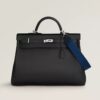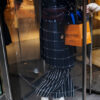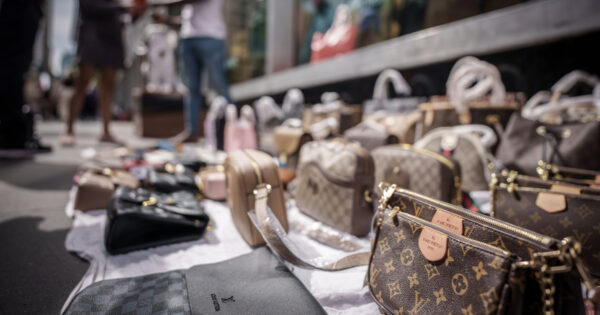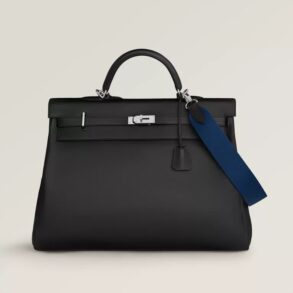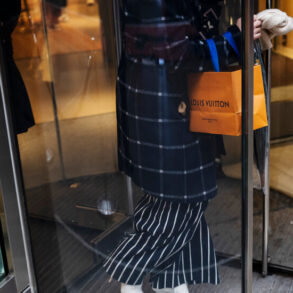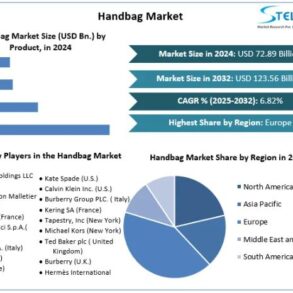“People believe [buying counterfeits is] a victimless crime, like a parking ticket,” he said. “A lot of people think of it that way, but it’s not the case.”
It isn’t. Intellectual property theft costs the American economy as much as $600 billion a year, according to the FBI. That’s a lot of lost sales for brands, but there’s an even bigger issue here: Why has half of an entire generation of consumers suddenly stopped caring about the cachet of owning genuine luxury items?
Shopping as defiance
There are several likely reasons behind the shift. For one, while brand executives love to talk about influencers being a great marketing tool, that model can also backfire when an Instagram star shows off his Gucci belt or Prada backpack to millions of ordinary, middle-class youths.
The audience “is buying into that [image], but the economic reality is they don’t have the capability to purchase those things,” said marketing professor Prashant Malaviya, vice dean of programs at Georgetown University’s McDonough School of Business. “This economic reality then creates this strong sense of FOMO in their minds. They cannot give up on not having these cool products, but the only way they can get there is through fakes.”
Luxury brands are also contributing to the popularity of fakes by pushing their retail prices so high that few Gen Zers who aren’t heiresses could hope to afford them. The result “is just plain defiance,” Srinivasan said. “It’s like, ‘Hey, why does this thing that I want cost so much money?’”
“They are rationalizing [buying fakes] by saying, ‘We are the clever ones here,’” Malaviya added. “It’s a subversive act.”
The acceptance of, and demand for, fakes is one that today’s global supply chain is only happy to meet. “The quality of counterfeits that are coming out today is just so much better than 20 years ago,” Srinivasan said. Convincing-looking counterfeits then lead consumers to reason, “maybe this fake thing doesn’t look as bad, because people don’t even know [that it’s fake].”
What can a luxury brand do?
With Gen Z expected to become the largest consumer cohort in the economy in the next five to seven years, the obvious question for upmarket brands is how to dissuade shoppers from continuing to regard fakes as just as good as the real thing—and how to simultaneously restore a broad-scale appreciation of what luxury brands make.
“What brands likely need to think about is how to create new value for this audience” said Meghan Labot, chief growth officer of consultancy FutureBrand. “How do you not walk away from what you’ve been, but reframe it in a way that’s going to be more relevant to these [Gen Z shoppers]? It’s almost like you need to reframe your purpose, with this audience in mind.”
One way, she suggested, is to focus on the entire experience of purchasing a luxury item. No matter how good it looks, a counterfeit item sold on a website can’t offer ego boost that comes from being treated royally in a store, for example, or sent home with beautiful packaging you get to unwrap and a shopping bag you get to keep.
This post was originally published on this site be sure to check out more of their content.


